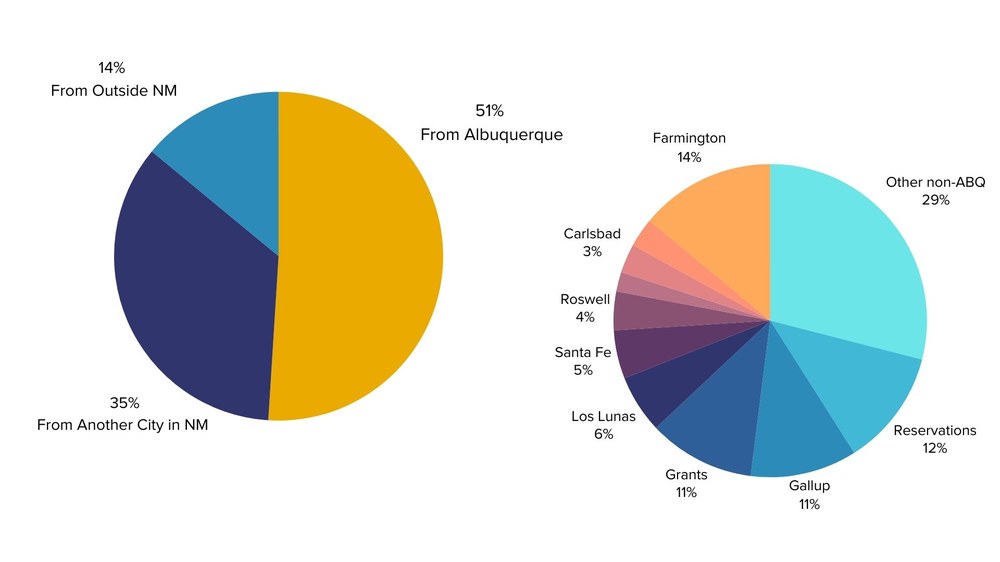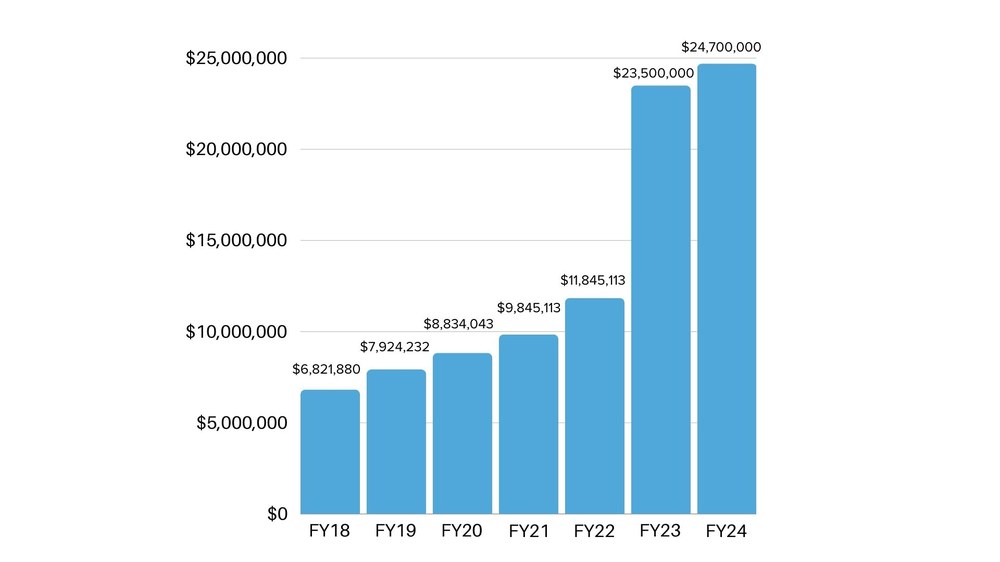Homelessness Statistics
Find statistics related to the city supporting our unhoused population.
Statistics
Who Are We Serving?
2023 Unhoused Population Demographics in Albuquerque. Data from the New Mexico Coalition to End Homelessness's Coordinated Entry System.

How Are We Doing?
The City has increased our investment in Supportive Housing vouchers by 250% since 2018. This housing assistance paired with supportive services is one of the most effective ways to help people exit homelessness permanently. City vouchers helped 1,365 families in FY23. Based on previous years, 95% of those families will remain in housing after 2 years.

